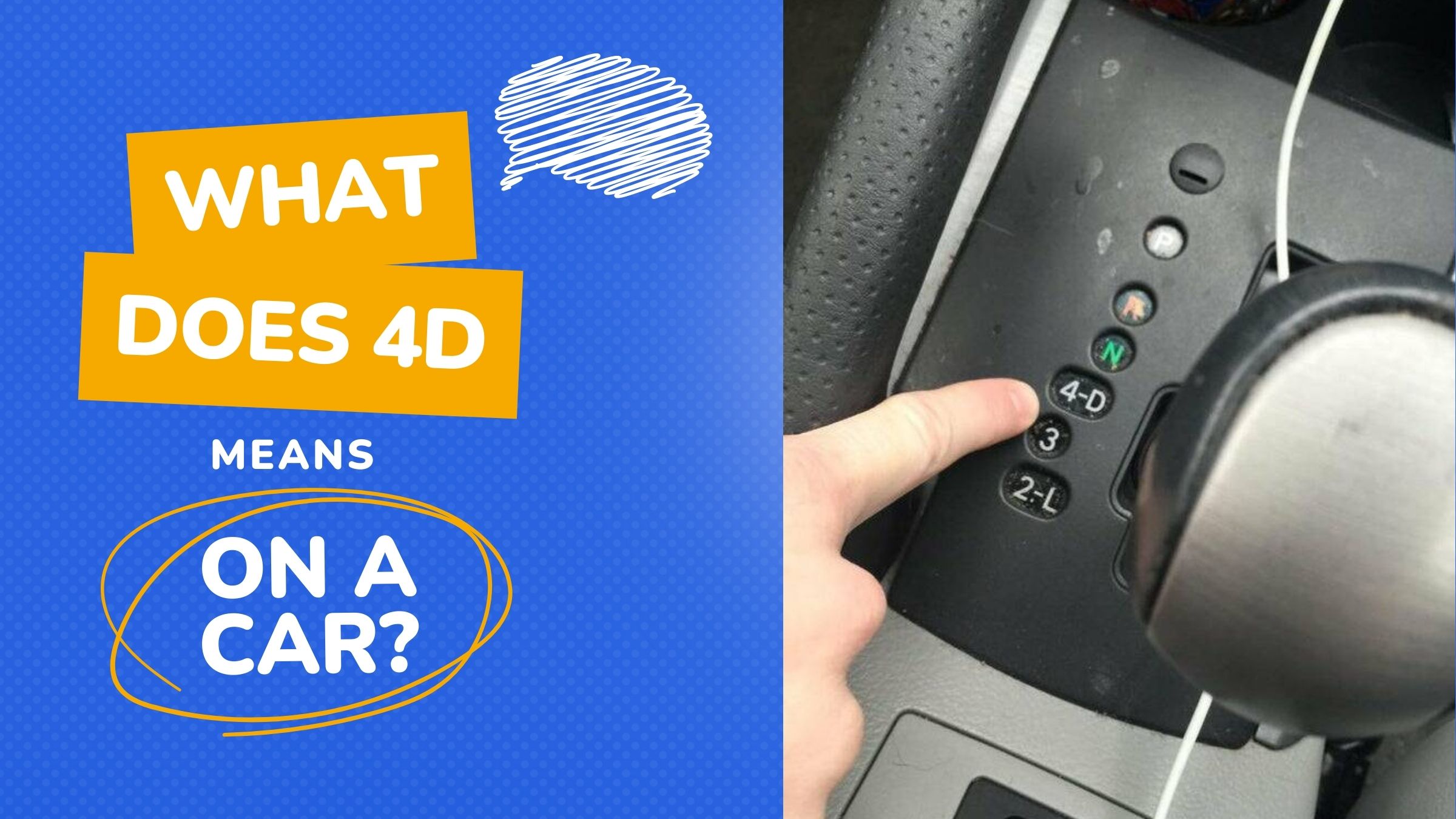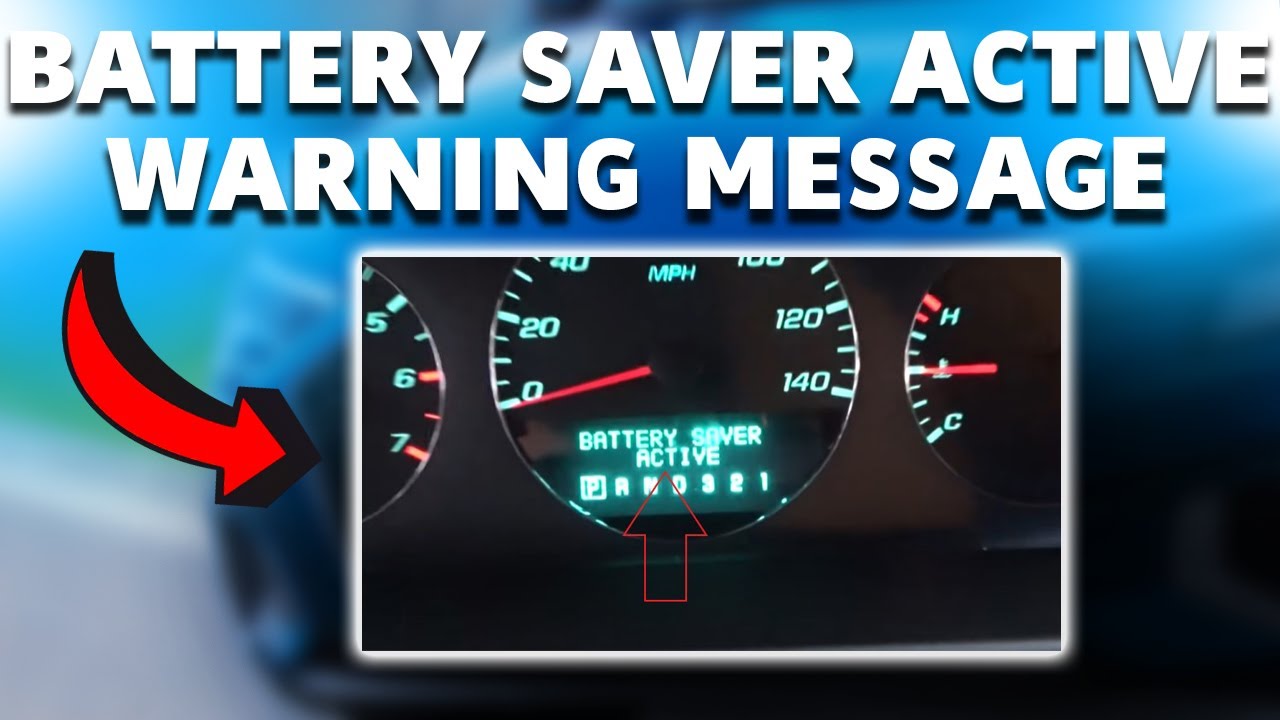Are you a car enthusiast who is always on the lookout for new technologies and features? Have you ever encountered the term ‘4D’ while reading about cars but could not figure out its meaning? If so, then this blog post is just what you need! 4D on a car could have different meanings and here we will clear up all your confusion and tell you what 4D means on a car.
4D usually alludes to a four-door vehicle. However, when it comes to automatic transmission in cars, ‘4D’ implies that the vehicle is running on its highest fourth gear. Henceforth, 4D does not refer to FWD, 4×4, or AWD (all-wheel drive). It suggests that your car is currently engaged with driving and advancing at fourth gear – also known as overdrive.
So sit back, relax and get ready to learn something new! Be prepared to be surprised by the amazing possibilities unlocked by 4D technology in cars. Get ready to join us on this thrilling journey as we explore all that 4D has to offer!
What Does 4D Mean on the Car- Doors?
The phrase ‘4D’ is widely used to describe cars with four doors by non-car enthusiasts. 2D, on the other hand, stands for two doors in vehicles. Although not always the case, this terminology has become immensely popular among people who don’t have extensive knowledge about automobiles.
4D Cars Examples
You will commonly come across automakers advertising sedans and SUVs as 4D vehicles.
Sedan
A sedan is a passenger car with four doors and a trunk, typically seating five or more people. It has a separate compartment for the engine and passengers and an additional one for cargo or luggage.
SUV
An SUV, or sport utility vehicle, is a large four-door car that typically combines features from a pickup truck and a passenger vehicle. SUVs offer more space for passengers and cargo than other similar-sized vehicles, as well as higher ground clearance for better off-road performance.
2D Car Examples
Car manufacturers commonly market coupes as two-door vehicles, emphasizing their sleek, stylish designs and easy maneuverability.
Coupe
A coupe is a type of car typically with two doors, a sloping roofline, and a smaller profile than other types of vehicles. It is often referred to as a sports car due to its sporty and sleek styling.
Coupe cars are usually more expensive than their sedan or SUV counterparts but can provide a better performance, handling, elegance, and luxury features than sedans.
What Does 4D Mean in Automatic Transmission?
4D is one of the many gears available in an automatic transmission. As you shift between them, becoming familiar with each position will aid your driving experience and ensure that your vehicle functions optimally.
The gear selector generally features four forward gears and one reverse. Yet, few automated vehicles entail positions such as 1, 2, D, L, and S that are accompanied by numbers as well as letters.
The term ‘Prindle’ is used in the automotive world to refer to an automatic transmission system, where PRNDL stands for Park, Reverse, Neutral, Drive, and Low. In other words: 1st gear = First; 2nd gear = Second; D = Drive; L=Low & S=Sport. This ingenious setup allows drivers to easily change gears – no more worrying about manually shifting between these settings!
Shifting your gear to “D” signifies that the car is in its normal driving mode, where it will automatically select a suitable speed for cruising. ‘D’ stands for “drive” and, as such, identifies one of the shifting positions in an automatic transmission.
What Is Overdrive?
Many vehicles are equipped with a 4D system, which denotes the overdrive gear that is available both in automatic and manual transmission cars.
While you might assume this feature makes your vehicle faster when activated, an overdrive system’s goal has more to do with fuel economy rather than performance enhancement. This mechanism works by reducing engine load and maximizing efficiency while driving.
In layman’s terms, when the transmission system of a vehicle engages the ‘4D’ mode, the speed will remain constant after reaching peak velocity. Therefore – if you ever witness this sign while operating an automobile – there’ll be no more mystery!
What Does 4D Mean in Drive Modes?
With so many terms used interchangeably, it’s no wonder people get confused when talking about drive modes. In reality, whether or not a vehicle is AWD, 4WD, or 4×4 has nothing to do with its transmission – and we’re here to help you better understand the topic! Let us take an up-close look at this concept for a clearer understanding.
4D vs. 4WD – Are They the Same?
4WD, or four-wheel drive, is an efficient two-axled vehicle powertrain that distributes torque and force to both the front and rear wheels. When locked together, the 4WD system enables your engine to propel all axles simultaneously for enhanced traction on a variety of terrains.
This robust driving feature ensures a secure grip while traveling over slippery surfaces or up steep inclines with ease. Four-wheel drive systems are primarily designed for vehicles that carry hefty loads and those crafted to navigate the roughest terrains.
On the other hand, when you shift your automatic car to ‘D’, it signifies 4th gear and is the most common driving mode. The letter “D” stands for the drive, one of multiple shifting positions available in an automated transmission. Additionally, “D” might denote how many doors your vehicle has.
4D vs. 4×4 – What’s the Difference
It is an unfortunately frequent occurrence for people to use these words interchangeably, though they are not, in fact, synonymous.
In a nutshell, 4D is an automated transmission setting, while 4×4 resembles the four-wheel drive capability but with several distinctions. Technically speaking, a 4×4 vehicle has four wheels that are all powered.
While 4WD implies that four of the vehicle’s wheels are powered, it doesn’t reveal how many total wheels there are. A car could have a 4WD system with six, eight, or even more than that, yet only four of those will receive power from the engine.
On standard passenger vehicles, however, we now assume FWD powers all four wheels as is customary.
4D vs. AWD – What Makes Them Different
All too often, people mistakenly interchange the terms 4D and AWD. They sound similar in reference to transmission but their reality is far from one another.
AWD vehicles are engineered for optimal speed and cornering instead of off-road performance. This provides a more sophisticated form of 4×4 technology, as it is able to detect the traction levels on all four wheels and distribute power accordingly; this process is called ‘Torque Vectoring’. AWD technology ensures that you can put your vehicle’s full potential into action with confidence.
All-wheel drive systems are composed of several parts that seamlessly cooperate in providing traction power to each wheel, ensuring you stay in control and have a grip on any terrain. These components include differentials, multi-plate clutches, and viscous couplings – all working together for maximum performance.
Automotive enthusiasts can experience two types of all-wheel drive (AWD) in vehicles today.
- Part-Time AWD.
- Full-Time AWD
Is the 4D symbol on your dashboard shining brightly? That means that you’re in fourth gear! To engage in “drive” mode, simply switch to ‘D’; this indicates that your car is set for normal cruising and will automatically select an optimal speed. The letter ‘D’ stands for a drive, denoting one of the shifting levels available with automatic transmissions. Vehicle aficionados often use the term ‘4D’ to refer to cars with four doors as well.
Hopefully, this article has provided you with enough information to help answer the question: “What does 4D mean on a car?”
Conclusion
For any car enthusiast, it is crucial to understand the differences between 4D and other transmission systems. By being aware of all that the 4D system entails, drivers are able to make more informed decisions when shopping for their next vehicle – one sure to give them an exceptional driving experience!




